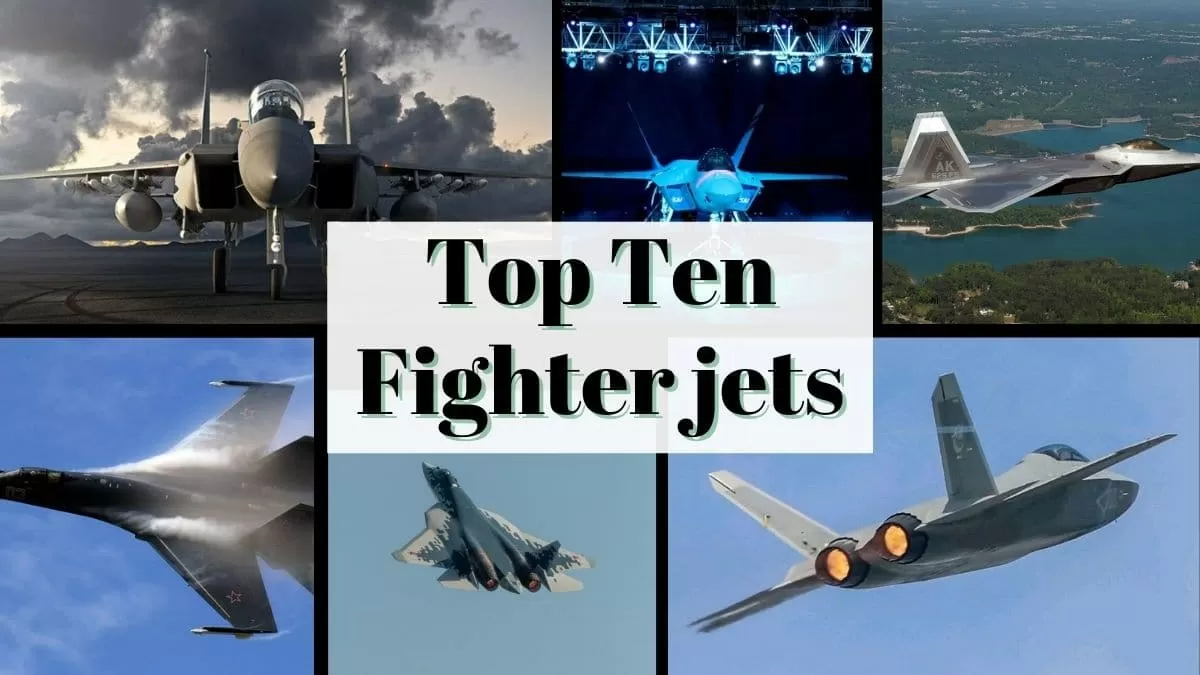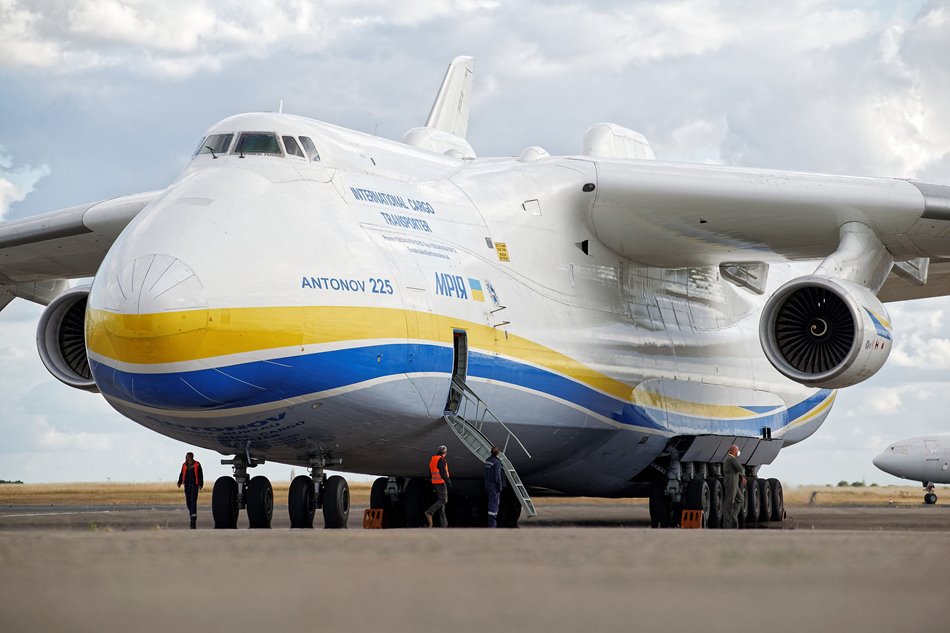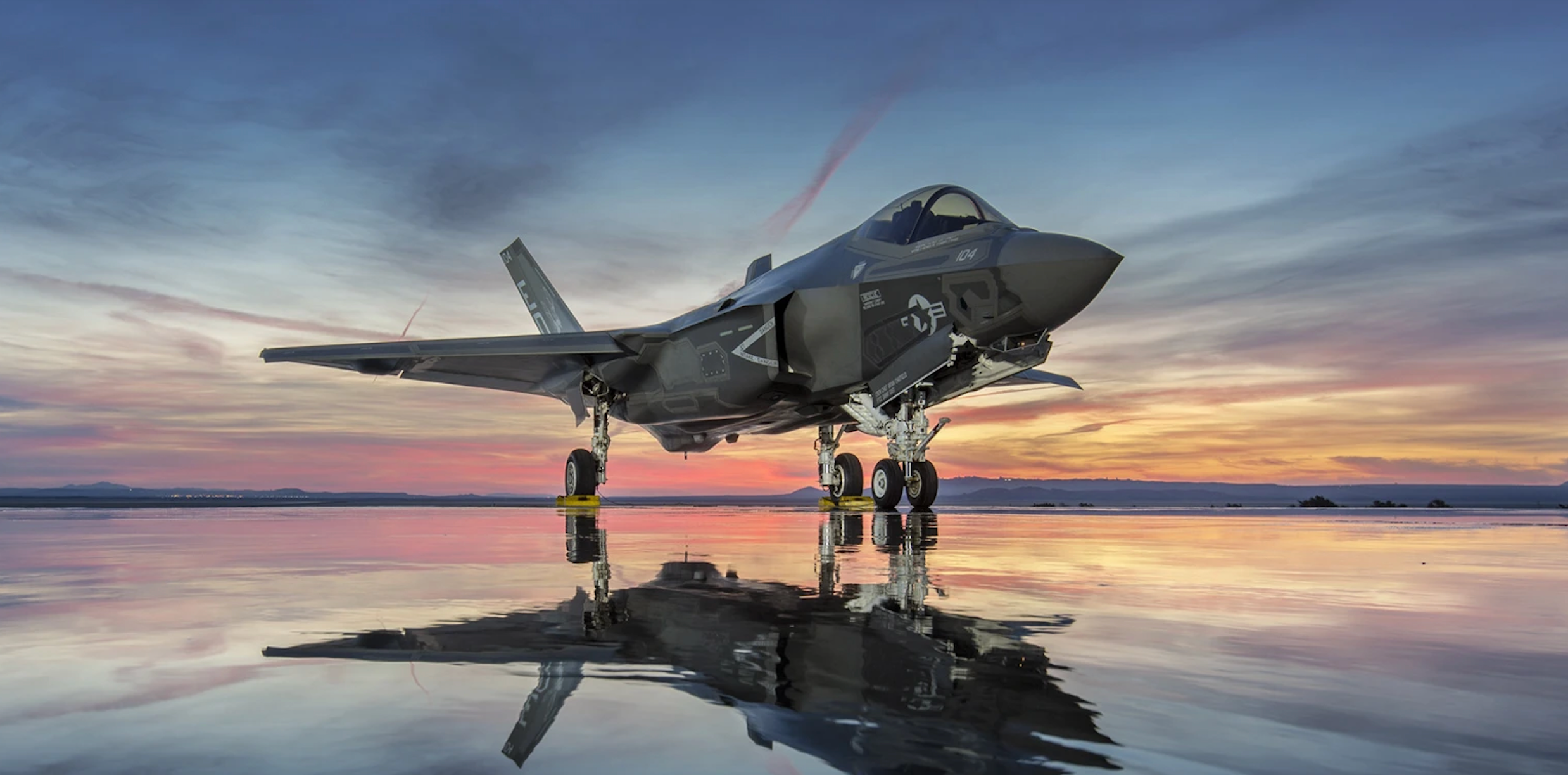Fighter jets have long been the crown jewel of any nation’s air force. These high-speed, highly maneuverable aircraft are built for air-to-air combat, ground attack, and various specialized missions, making them some of the most versatile tools of modern warfare. Combining advanced technology with raw power, these jets are designed to perform with precision in the most challenging environments. Let’s take a closer look at the top most advanced fighter jets in the world, highlighting what makes each of them stand out.
1. Lockheed Martin F-35 Lightning II
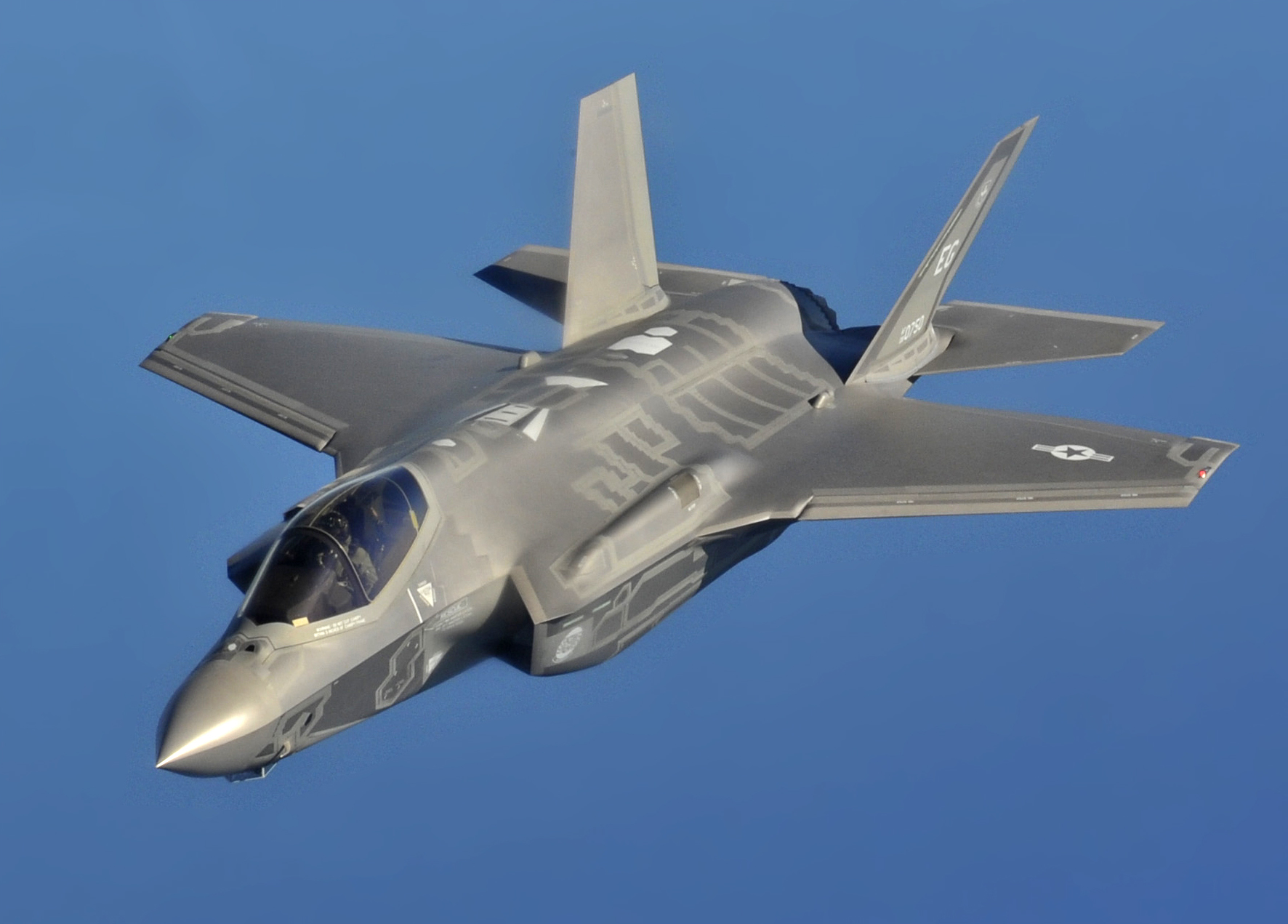
The F-35 Lightning II, developed by Lockheed Martin, is often regarded as the most advanced fighter jet in the world today. It first took flight in 2006 and since then has become a symbol of modern air combat technology. One of its standout features is its advanced stealth capabilities, allowing it to operate virtually undetected by enemy radar. In addition to this, it boasts one of the most powerful aircraft engines and advanced radar systems ever built.
Pilots of the F-35 are equipped with a revolutionary augmented reality helmet that provides them with unparalleled situational awareness, giving them an edge in combat. The jet’s ability to fuse sensor data from various sources makes it a nearly unbeatable force in beyond-visual-range combat. While it’s not the fastest or largest jet on this list, its combination of stealth, technology, and versatility makes it the most lethal. In fact, the F-35 has been dubbed “the flying computer” due to its integration of advanced computing and communication systems.
2. Chengdu J-20 Mighty Dragon
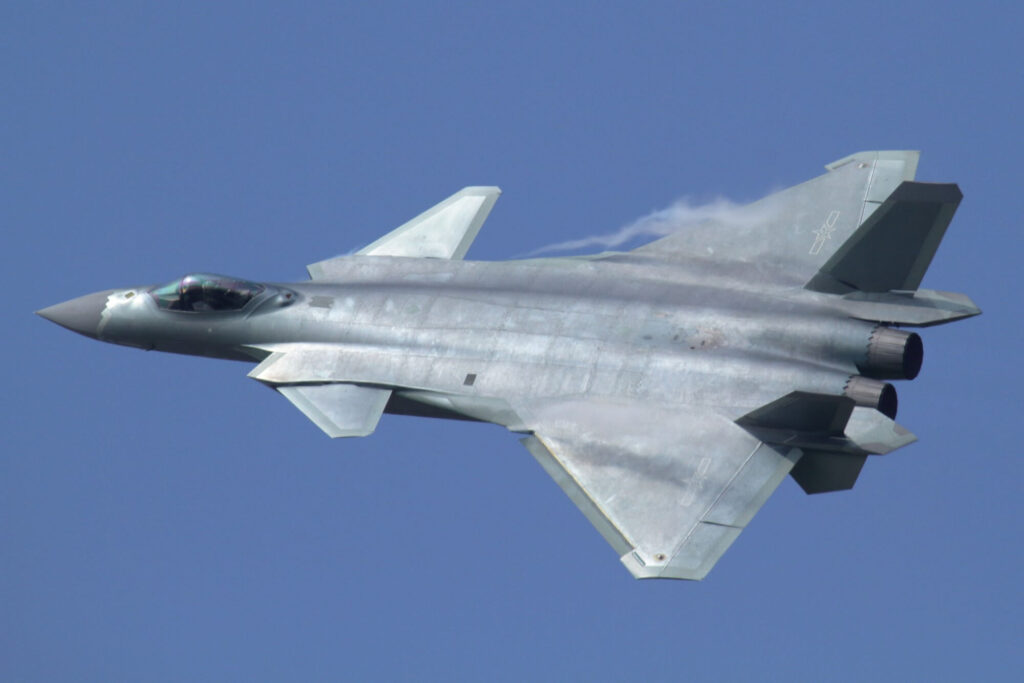
The Chengdu J-20, nicknamed the “Mighty Dragon,” is China’s first foray into the world of 5th-generation fighter jets. First unveiled in 2011, the J-20 was designed with an emphasis on stealth, long-range capabilities, and agility. Its large, heavy design suggests a focus on powerful air-to-air combat and strategic deterrence.
While China has kept many details about the J-20 under wraps, it is believed that the jet is equipped with a variety of advanced sensors, powerful radar, and long-range missile capabilities. Its development signifies China’s commitment to competing on the global stage of advanced air combat technology. The J-20 is still being refined and upgraded, with newer variants possibly incorporating more sophisticated engines to enhance performance further.
3. Lockheed Martin F-22 Raptor
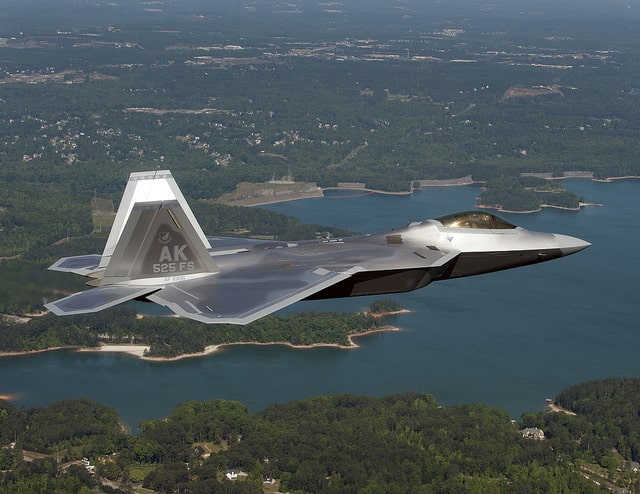
The F-22 Raptor holds the title of being the world’s first 5th-generation fighter jet. Developed by Lockheed Martin, the F-22 entered service in 2005, and since then, it has been considered one of the most lethal and advanced combat aircraft ever built. The F-22 was the first fighter to incorporate stealth technology from the ground up, giving it a massive advantage over older models.
In addition to its stealth, the F-22 is famous for its thrust-vectoring engines, which allow for incredible maneuverability during close-range dogfights. The Raptor’s ability to evade radar and engage targets at long distances gives it an almost untouchable reputation in air combat. Its powerful sensors and avionics are designed to detect and neutralize threats long before they are aware of its presence.
4. KAI KF-21 Boramae
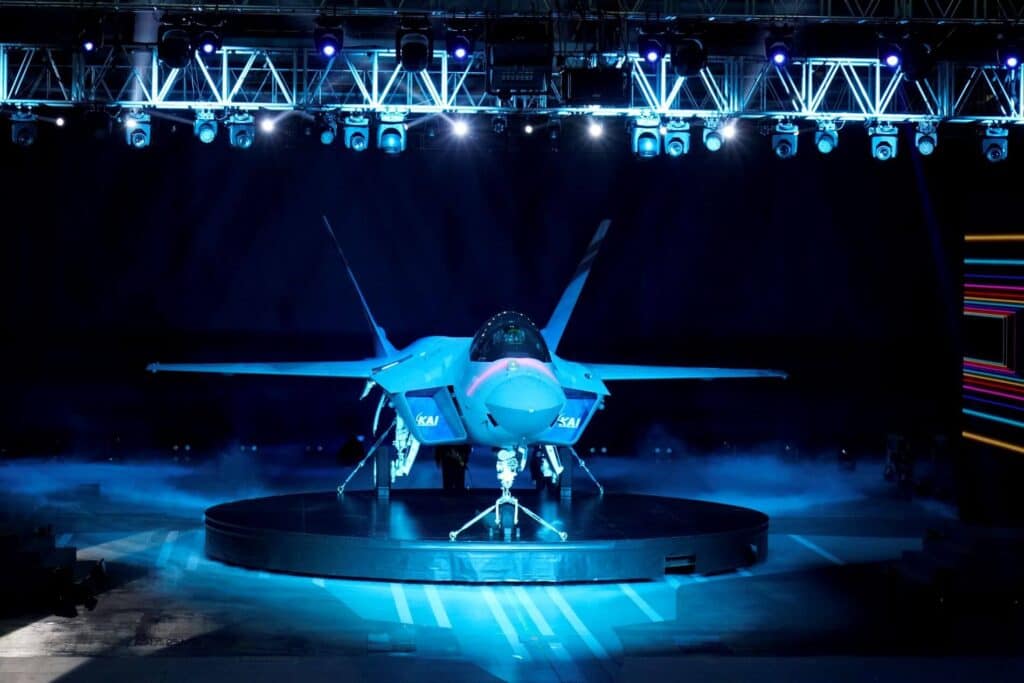
The KAI KF-21 Boramae is South Korea’s newest fighter jet, and although it is classified as a 4.5-generation aircraft, it comes with many features that bring it close to 5th-generation jets. Developed by Korea Aerospace Industries, the KF-21 made its first flight in 2022, making it one of the most recent additions to the world of modern fighter jets.
The KF-21 incorporates stealthy design elements, advanced radar, and sensor systems, similar to those used on the F-35. Its compatibility with future upgrades could potentially bring it closer to full 5th-generation status. South Korea’s development of the KF-21 represents a significant leap in indigenous military technology, allowing the country to reduce its reliance on foreign-made aircraft.
5. Sukhoi Su-57 Felon
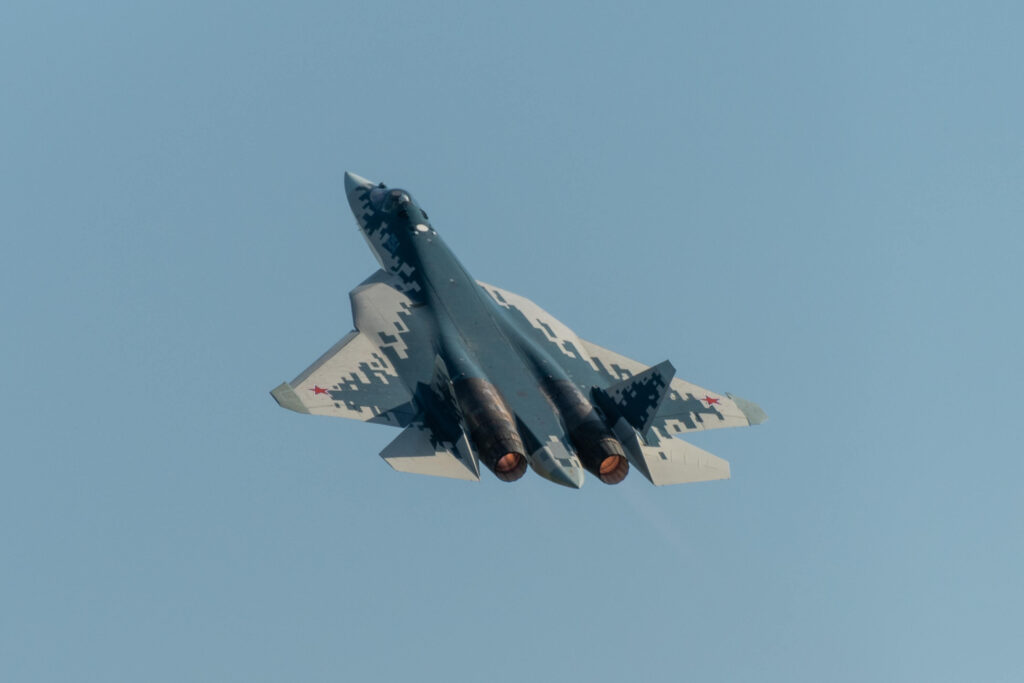
The Sukhoi Su-57 is Russia’s answer to the growing dominance of Western 5th-generation fighters like the F-22 and F-35. Developed by the renowned Sukhoi design bureau, the Su-57 faced numerous delays and challenges throughout its development, but it eventually took flight in 2010. Despite these hurdles, the Su-57 remains a key component of Russia’s efforts to modernize its air force.
The Su-57 is designed with stealth in mind, though it does not feature the same level of low observability as its American counterparts. However, what it lacks in stealth, it makes up for in agility. The Su-57 is equipped with thrust-vectoring nozzles, which give it incredible maneuverability, especially in close-range combat. It also boasts advanced avionics, long-range radar, and a formidable weapons payload, making it a serious competitor in the air.
6. Shenyang FC-31 Gyrfalcon
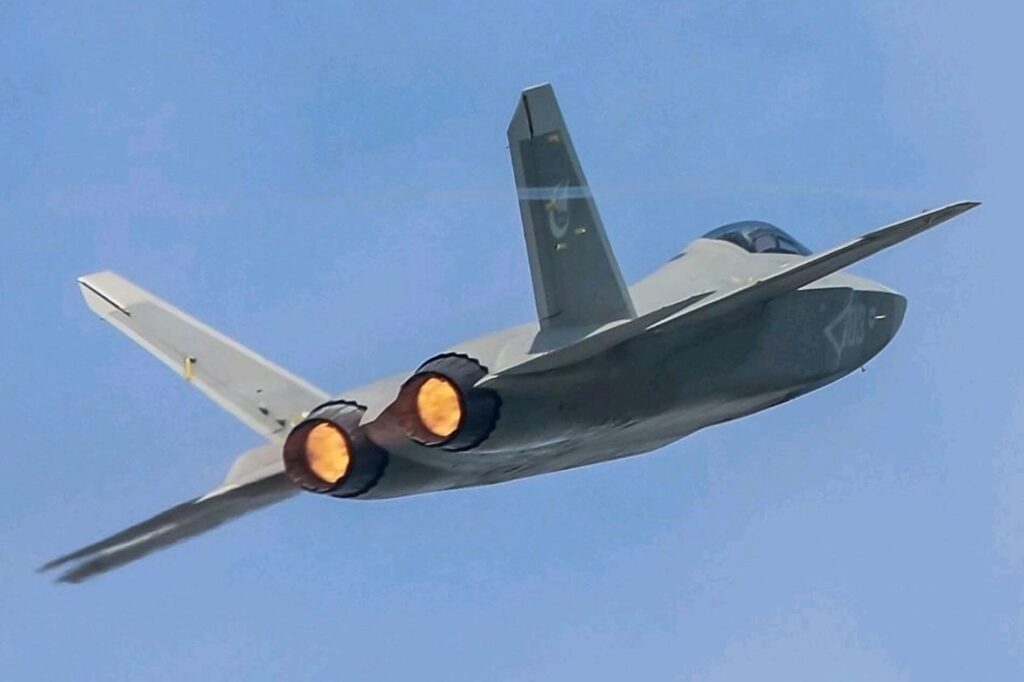
The Shenyang FC-31 Gyrfalcon is China’s second 5th-generation fighter jet, and while it has yet to enter full production, it has attracted significant attention for its potential role in China’s growing military prowess. The FC-31 is believed to be a lighter, more affordable counterpart to the J-20, with a focus on export markets.
Although specific details about the FC-31 remain scarce, early prototypes suggest it will be a highly capable multi-role fighter jet with stealth characteristics and advanced avionics. It is also speculated that the FC-31 could become China’s first 5th-generation carrier-based fighter, which would represent a significant boost in the country’s naval aviation capabilities.
7. Boeing F-15EX Eagle II
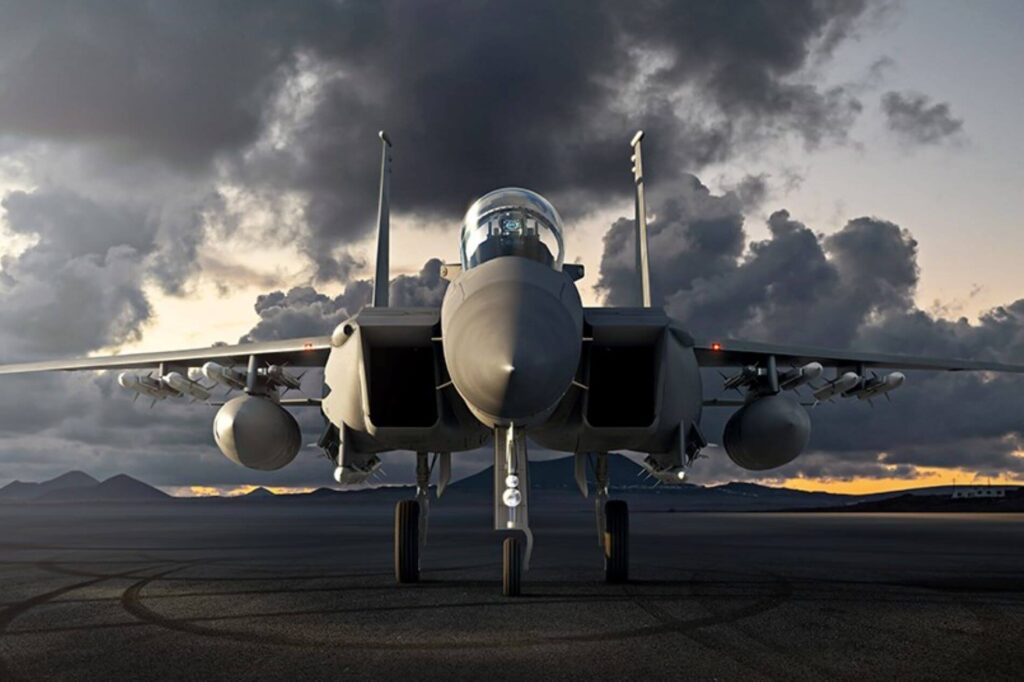
The Boeing F-15EX Eagle II is a modernized version of the classic F-15 Eagle, one of the most successful fighter jets in history. First introduced in the 1970s, the F-15 has seen continuous upgrades and remains a formidable fighter to this day. The F-15EX, which made its debut in 2021, is equipped with the latest avionics, electronic warfare systems, and a more powerful engine.
One of the most remarkable aspects of the F-15EX is its impressive combat record. The F-15 platform has over 100 air-to-air kills without suffering a single air-to-air loss, making it one of the most successful combat aircraft of all time. While it lacks the stealth capabilities of newer jets, the F-15EX’s raw power, speed, and advanced weapons systems ensure it remains a dominant force in air combat.
8. Eurofighter Typhoon
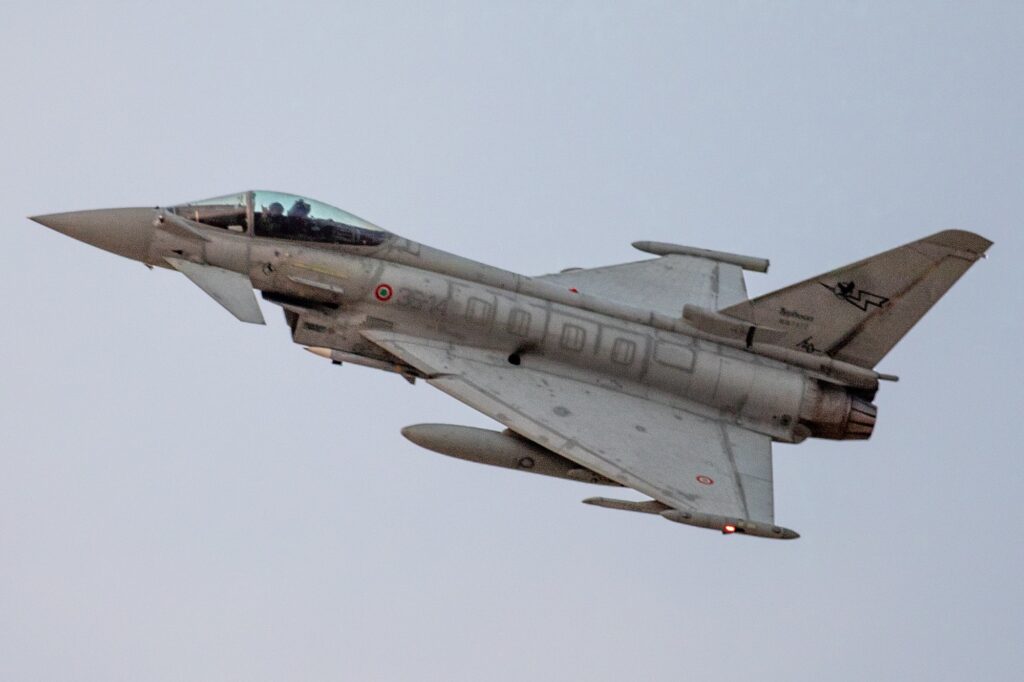
The Eurofighter Typhoon is a product of collaboration between several European nations, including the United Kingdom, Germany, Italy, and Spain. First introduced in 2003, the Typhoon has become one of the most advanced 4th-generation fighter jets in the world. Its unique blend of agility, speed, and firepower makes it a highly versatile aircraft, capable of both air superiority and ground attack missions.
The Typhoon is equipped with cutting-edge avionics, radar systems, and advanced missile technology. Its success extends beyond Europe, with nations like Saudi Arabia and Qatar also adopting the aircraft. Continuous upgrades have kept the Typhoon relevant in the modern combat landscape, and it remains a key part of many air forces around the world.
9. Dassault Rafale
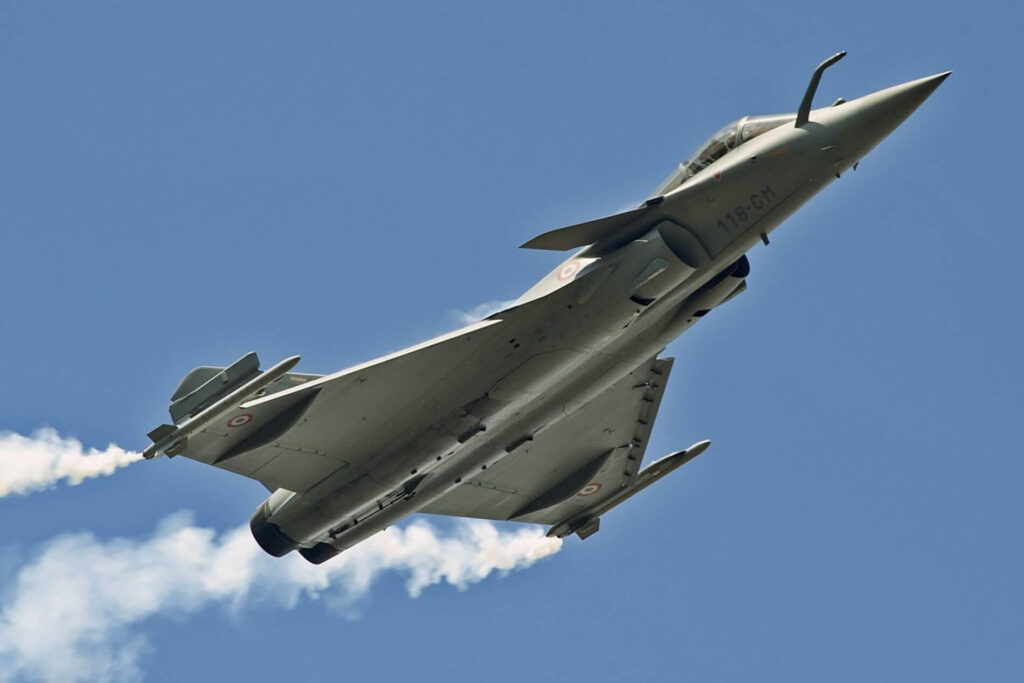
The Dassault Rafale, developed by France’s Dassault Aviation, is another highly advanced 4th-generation fighter that has earned a reputation for versatility. Originally conceived as a joint European project with the Eurofighter Typhoon, the Rafale eventually became a separate program when France decided to design its own fighter to meet specific military needs.
The Rafale’s ability to perform both air-to-air combat and ground attack missions has made it a favorite among military forces worldwide. It is also available in several variants, including a carrier-borne version for naval operations. France continuously upgrades its fleet of Rafales, with the latest F3 variant incorporating the most advanced weapon systems and sensors available.
10. Sukhoi Su-35S
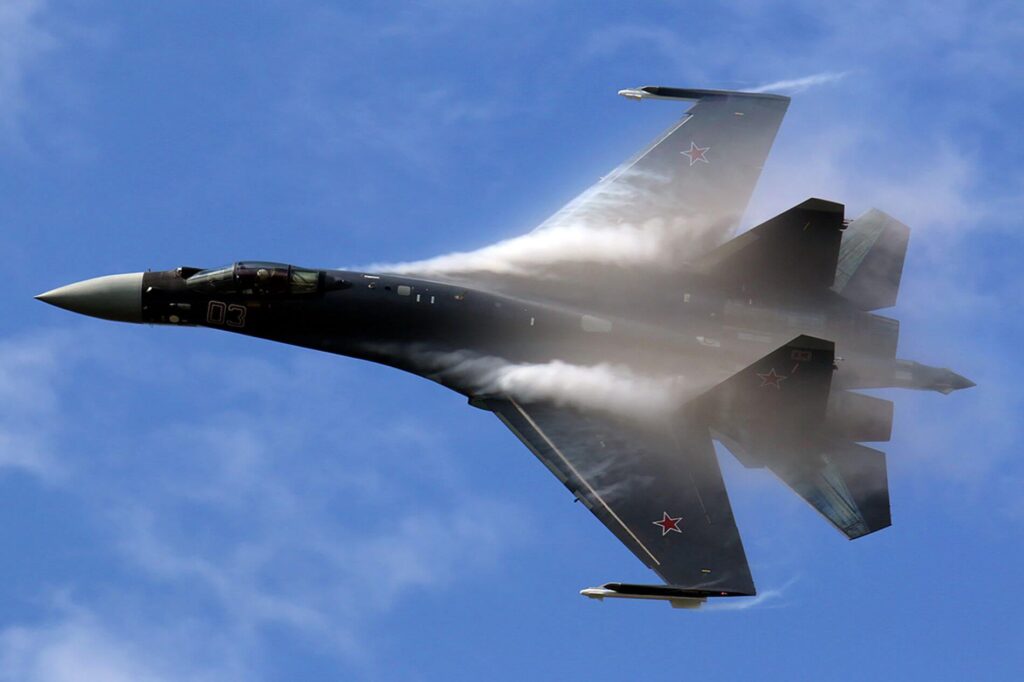
Rounding out the list is the Sukhoi Su-35S, an upgraded version of the Su-27. The Su-35S incorporates many of Russia’s latest avionics and electronics systems, making it one of the most advanced 4th-generation fighters in the world. Its key feature is the thrust-vectoring engine nozzles, which allow for exceptional maneuverability, even without the use of canards (small forewings typically used for stability).
The Su-35S is capable of engaging multiple targets simultaneously and is equipped with long-range missiles, making it a formidable adversary in both air-to-air and air-to-ground combat. While not a 5th-generation fighter, the Su-35S offers many of the same advantages, such as advanced radar and electronic warfare capabilities, at a lower cost.
These fighter jets represent the pinnacle of modern military aviation. Each one is a technological marvel, designed to perform in the most challenging combat environments and give its pilots a decisive edge in the air. As advancements in aviation technology continue, we can expect future generations of fighter jets to push the boundaries of what’s possible, further transforming the landscape of air warfare.
